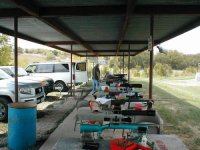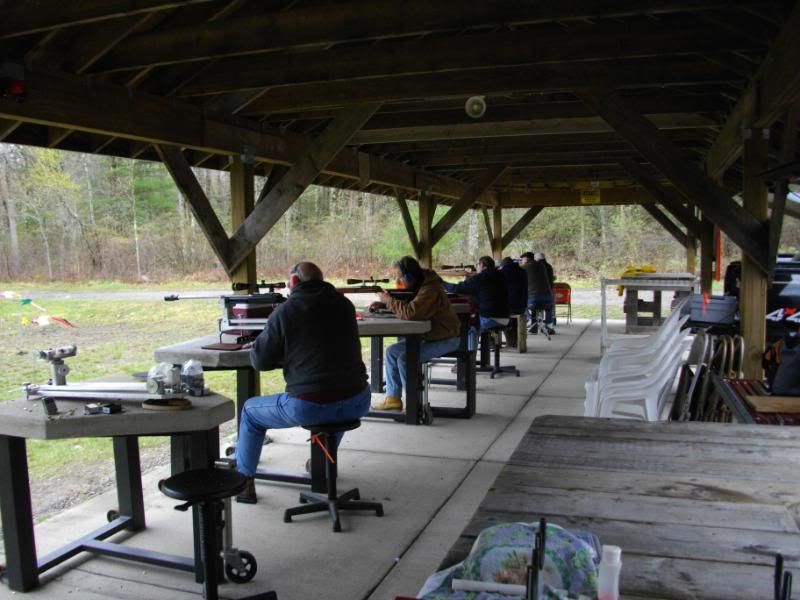mike cockcroft
New member
I am building 12 concrete topped portable (movable) benches. 3.5 ft x 3.5 ft. with 12x12 knockout in corner. Using 4 in. channel iron with 1/2 in rebar mat.
4.5 in thick. Picture shows form and steel. Ater pouring and letting set for 7 days we will flip them over and weld 2 7/8 in pipe legs to three ends of channel iron.
Will move them on and off concrete firing line to permit prone shooting.
Anyone see any problems with this design or idea?
This is the first one, the next ones will have longer channel iron to move the legs about 2 more inches towards the sides of the concrete top.
Will use my tractor with forks to move them around.
http://i49.photobucket.com/albums/f260/cockcroft/2010_05_03_IMG_0041.jpg
4.5 in thick. Picture shows form and steel. Ater pouring and letting set for 7 days we will flip them over and weld 2 7/8 in pipe legs to three ends of channel iron.
Will move them on and off concrete firing line to permit prone shooting.
Anyone see any problems with this design or idea?
This is the first one, the next ones will have longer channel iron to move the legs about 2 more inches towards the sides of the concrete top.
Will use my tractor with forks to move them around.
http://i49.photobucket.com/albums/f260/cockcroft/2010_05_03_IMG_0041.jpg






